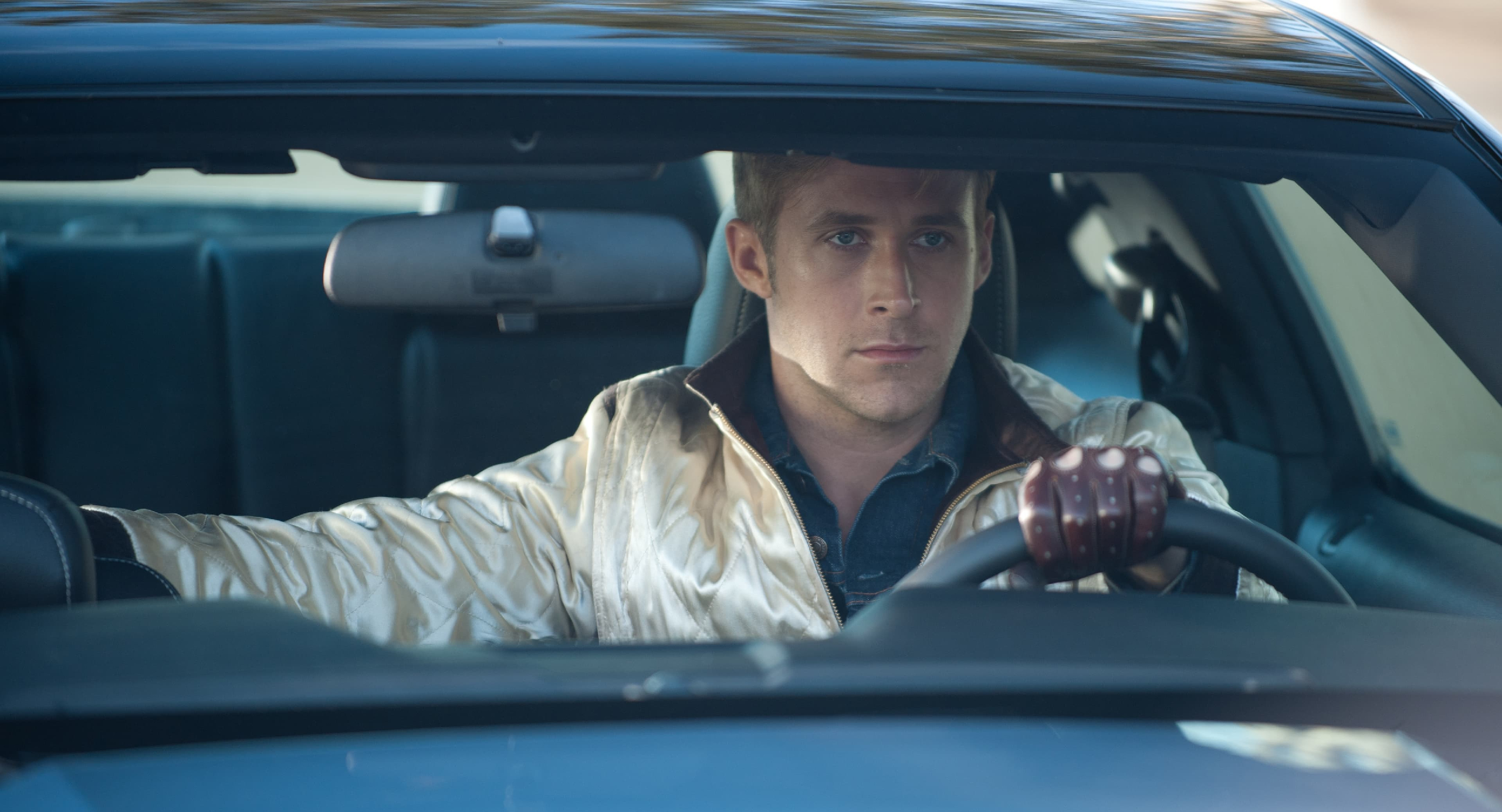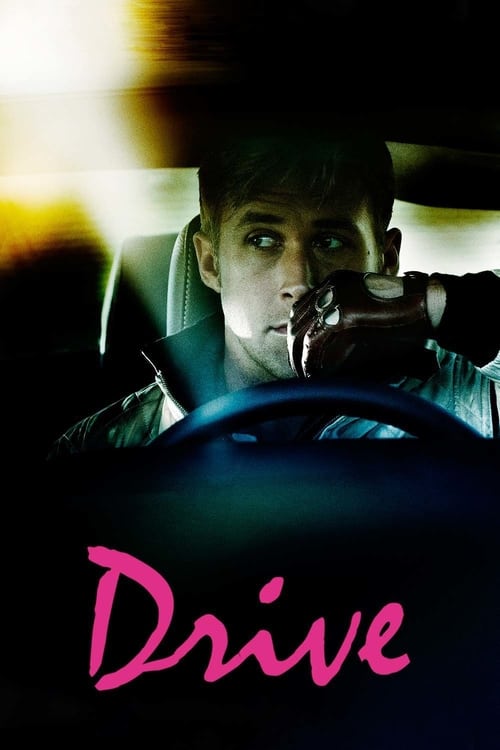Drive – Film Review
Published November 18, 2023

Drive, directed by Nicolas Winding Refn, is a cinematic masterpiece that encapsulates a mesmerizing blend of artistry, tension, and storytelling. From the moment the film begins until its heart-pounding conclusion, viewers are taken on a visually stunning and emotionally gripping journey that transcends the boundaries of a traditional action film.
Ryan Gosling delivers a captivating performance as the unnamed protagonist, a Hollywood stuntman who moonlights as a getaway driver. His character, who remains enigmatic yet intensely compelling, navigates the gritty underbelly of Los Angeles. Gosling’s portrayal is a symphony of subtlety, conveying volumes through nuanced expressions and minimal dialogue, captivating audiences with his magnetic presence.
What sets Drive apart is its impeccable direction and visual storytelling. Nicolas Winding Refn’s meticulous attention to detail transforms each frame into a work of art. The film is a visual feast, with its vibrant neon-soaked cinematography contrasting against the dark, atmospheric undercurrents of the narrative. The stunning visuals, coupled with a pulsating synth-heavy soundtrack, create an immersive experience that lingers long after the credits roll.
The film’s pacing is deliberate, allowing tension to simmer beneath the surface before erupting into moments of intense, visceral action. Refn’s masterful use of silence and sound amplifies the tension, heightening the impact of every scene. The now-iconic “elevator scene” stands as a testament to this, a perfect fusion of brutal violence and haunting beauty, choreographed to perfection.
Supporting performances from Carey Mulligan, as Gosling’s love interest, and Albert Brooks, as a menacing yet charismatic mobster, add depth to the narrative. Mulligan brings a raw vulnerability to her role, while Brooks delivers a chilling portrayal that subverts expectations, showcasing his range as an actor.
Furthermore, the screenplay, adapted by Hossein Amini from James Sallis‘ novel, is a masterclass in minimalist storytelling. Every line of dialogue is purposeful, contributing to the film’s enigmatic atmosphere and character development. The story unfolds in a nonlinear fashion, offering glimpses into the protagonist’s life while leaving room for interpretation, inviting viewers to piece together the narrative puzzle.
Drive is not merely an action film; it’s a character study exploring themes of morality, identity, and the consequences of one’s choices. Beneath its sleek exterior lies a haunting exploration of human nature, where actions speak louder than words, and the consequences of one’s decisions reverberate with profound resonance.
In addition to its artistic merits, the film’s technical aspects are impeccable. The editing is razor-sharp, enhancing the film’s rhythm and impact. Each action sequence is meticulously crafted, delivering adrenaline-pumping thrills without sacrificing emotional depth.
While Drive garnered critical acclaim, it may not cater to audiences seeking conventional action tropes or a straightforward narrative. Its deliberate pacing and subdued nature may not resonate with everyone. However, for those willing to delve into its mesmerizing world, Drive offers an unforgettable cinematic experience that lingers in the mind long after viewing.
Drive stands as a testament to the power of visionary filmmaking. With its mesmerizing visuals, impeccable performances, and a hauntingly atmospheric soundtrack, Nicolas Winding Refn crafts a film that transcends genres, solidifying its place as a modern classic. Drive is a symphony of style, substance, and sheer cinematic brilliance—an absolute must-watch for aficionados of daring, thought-provoking cinema.
